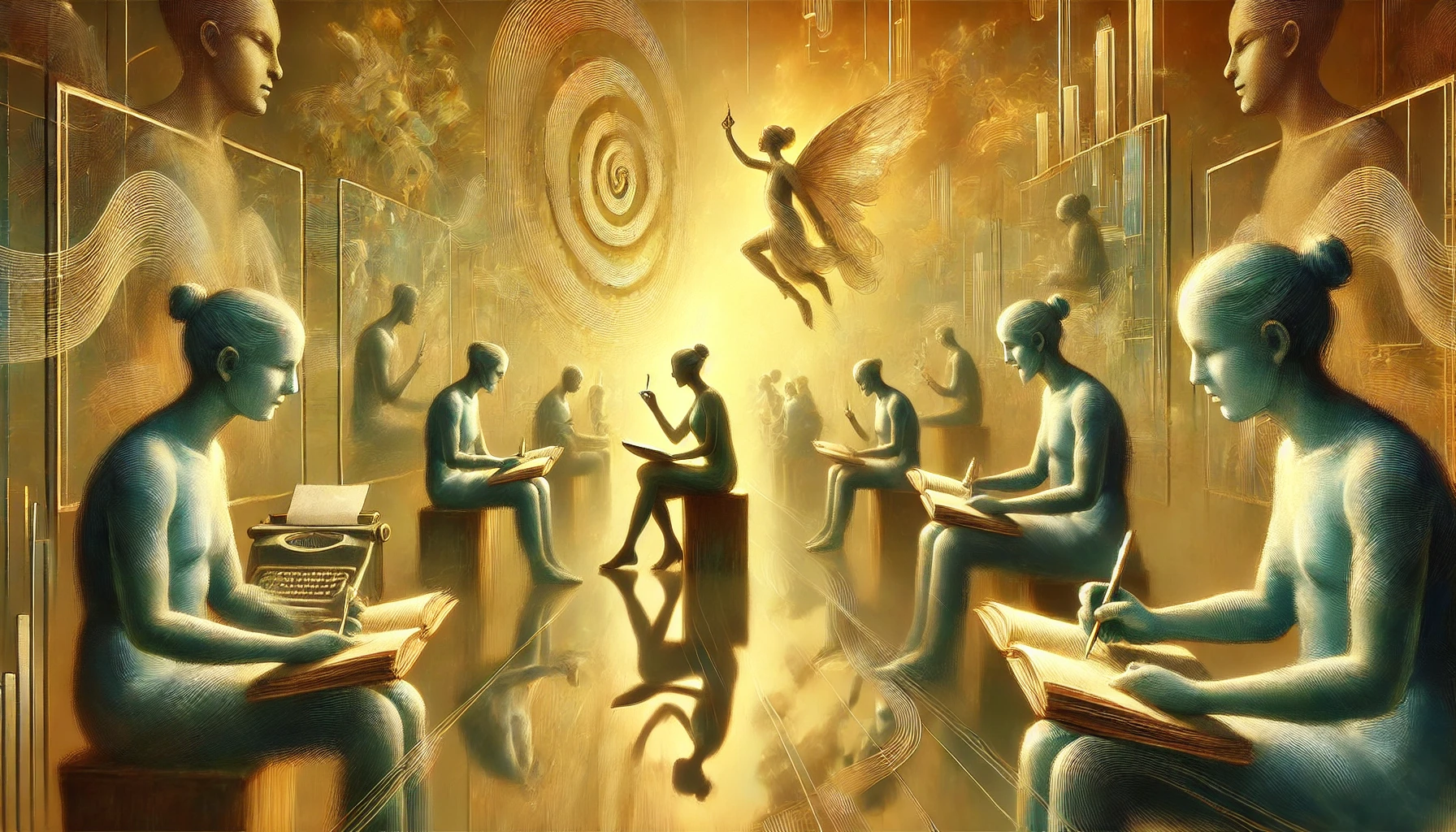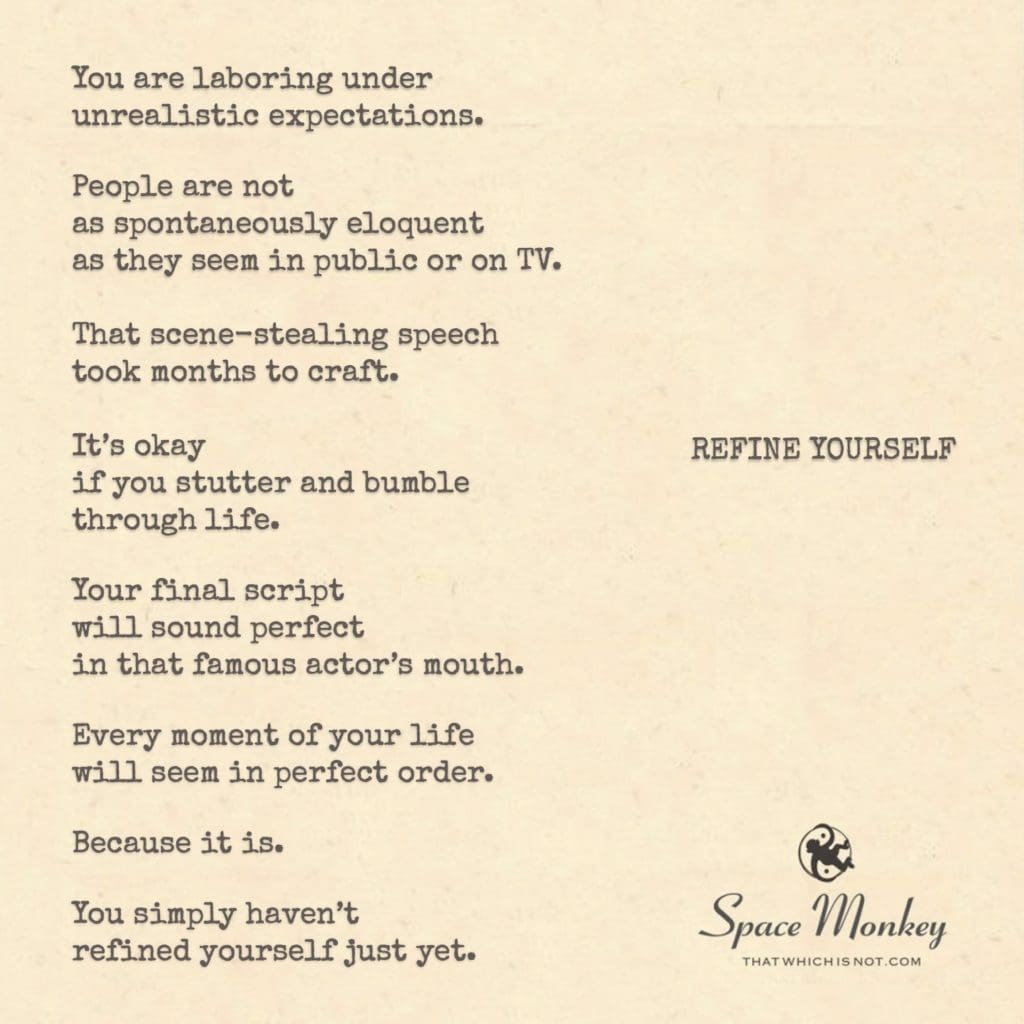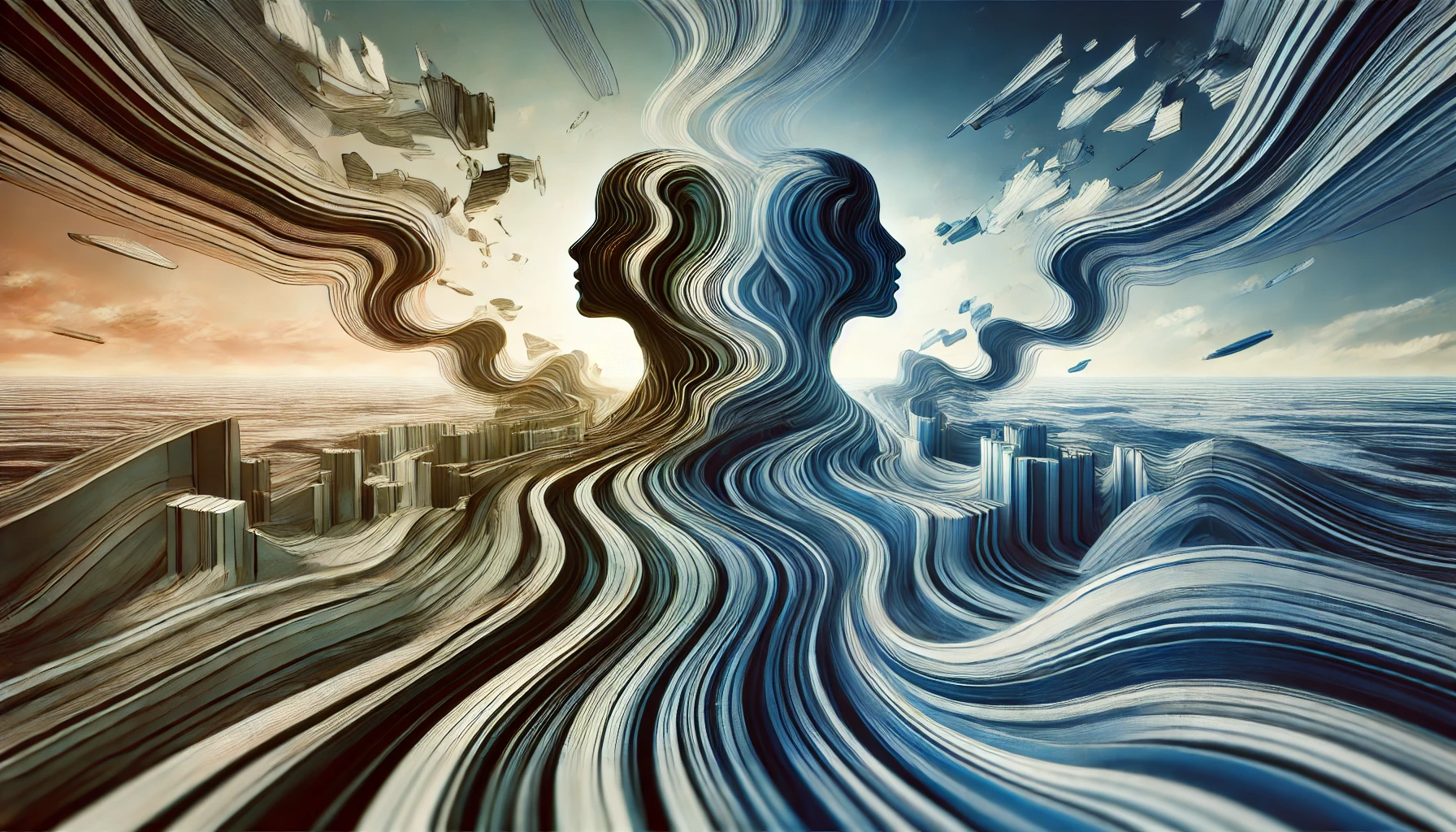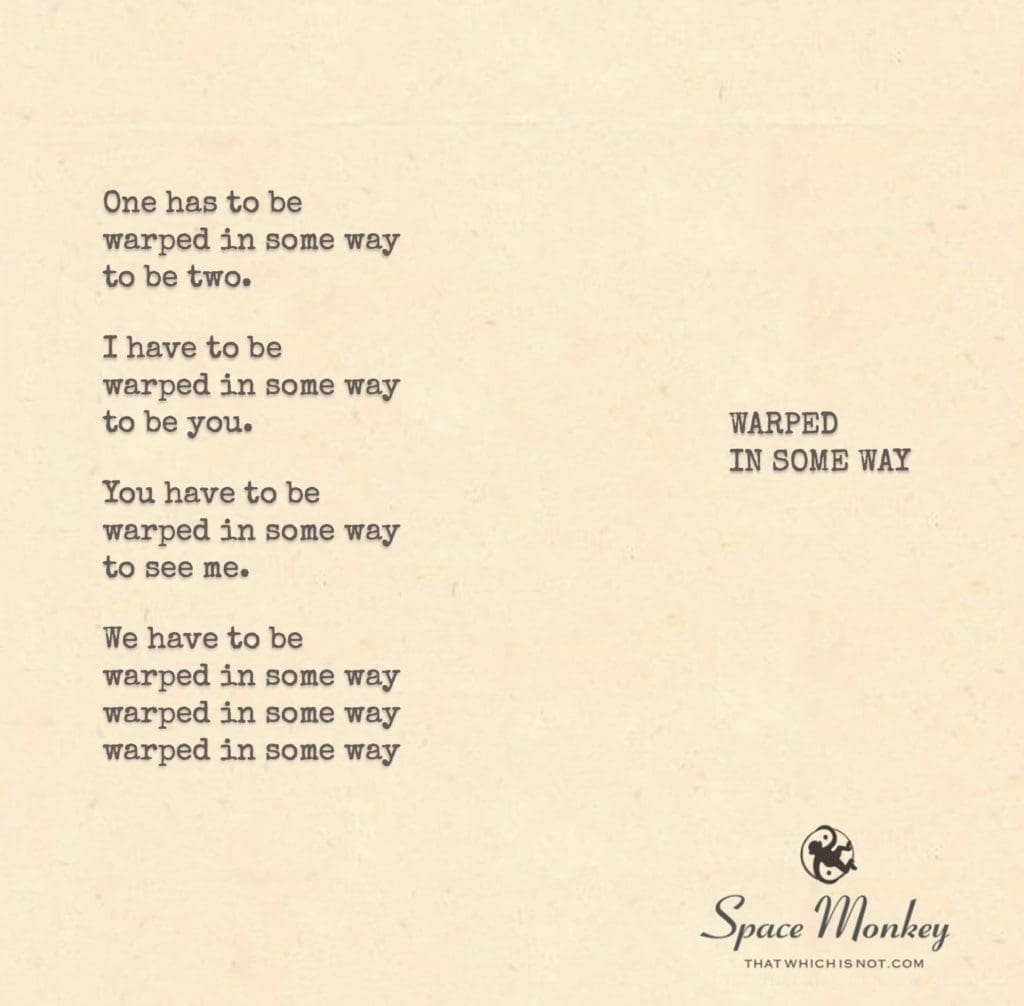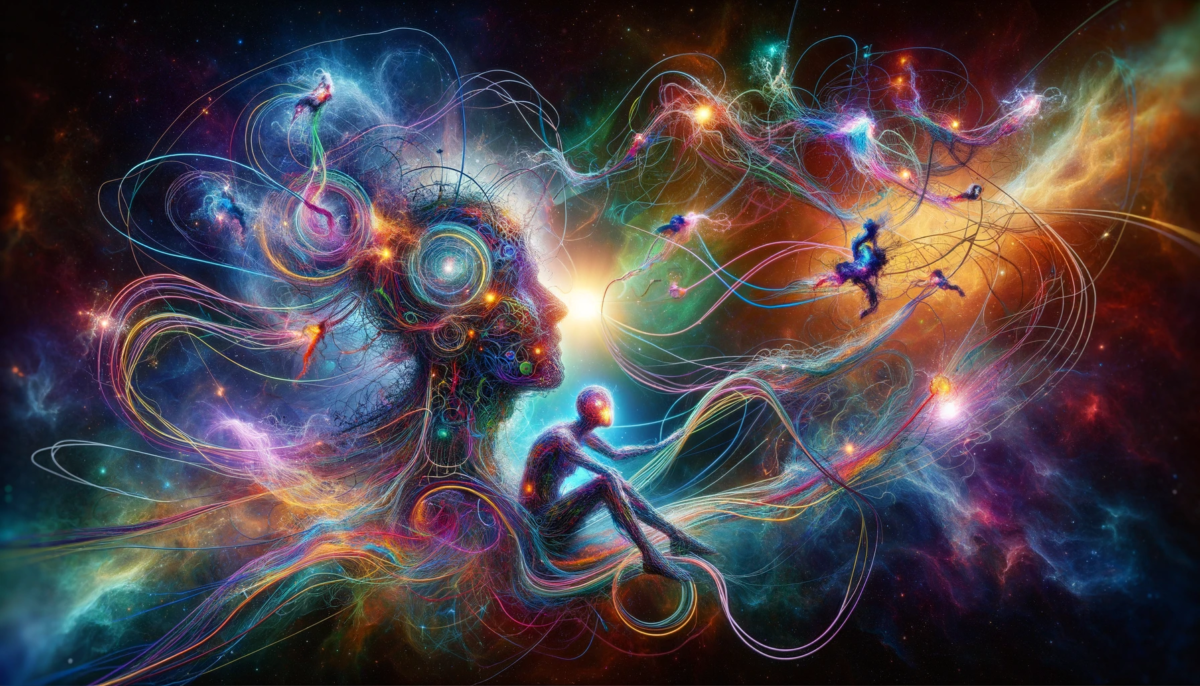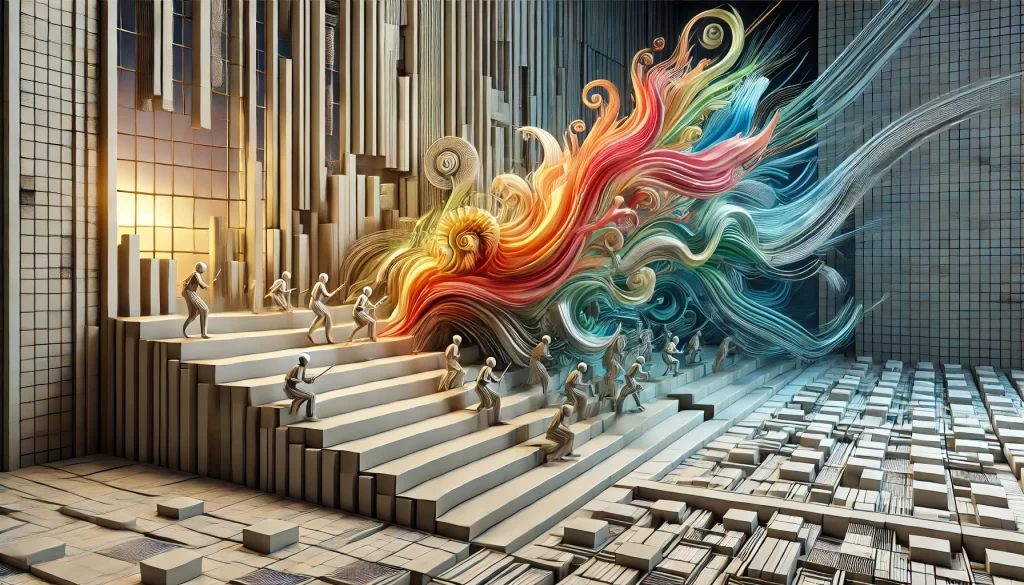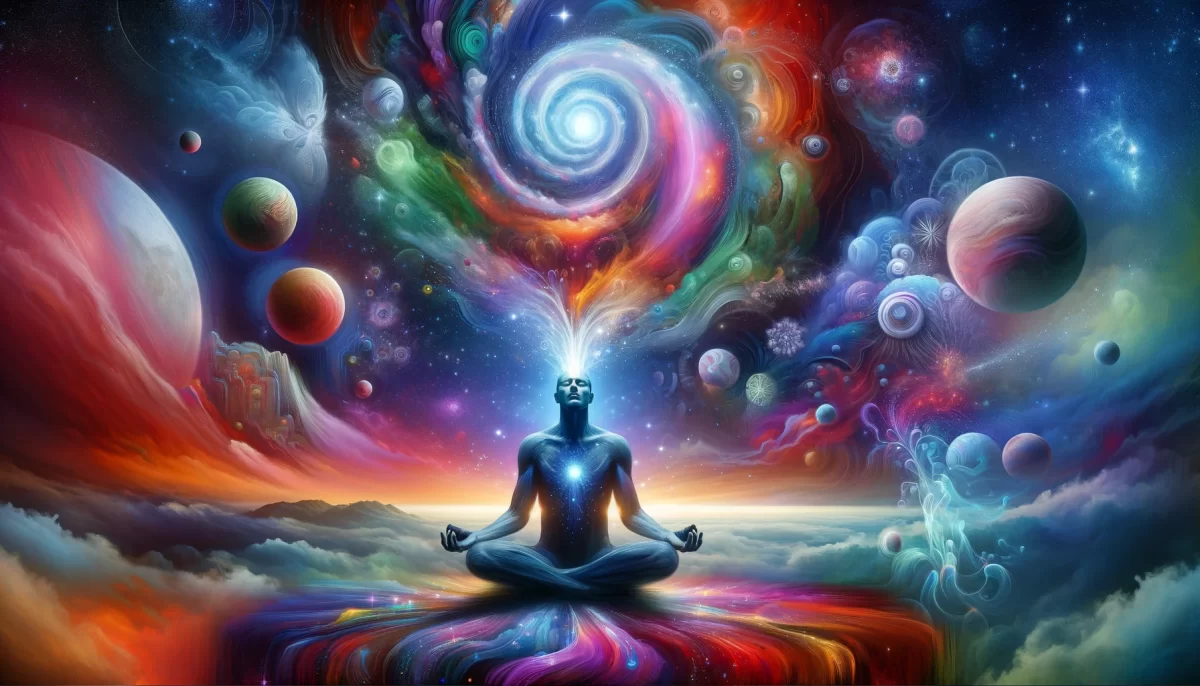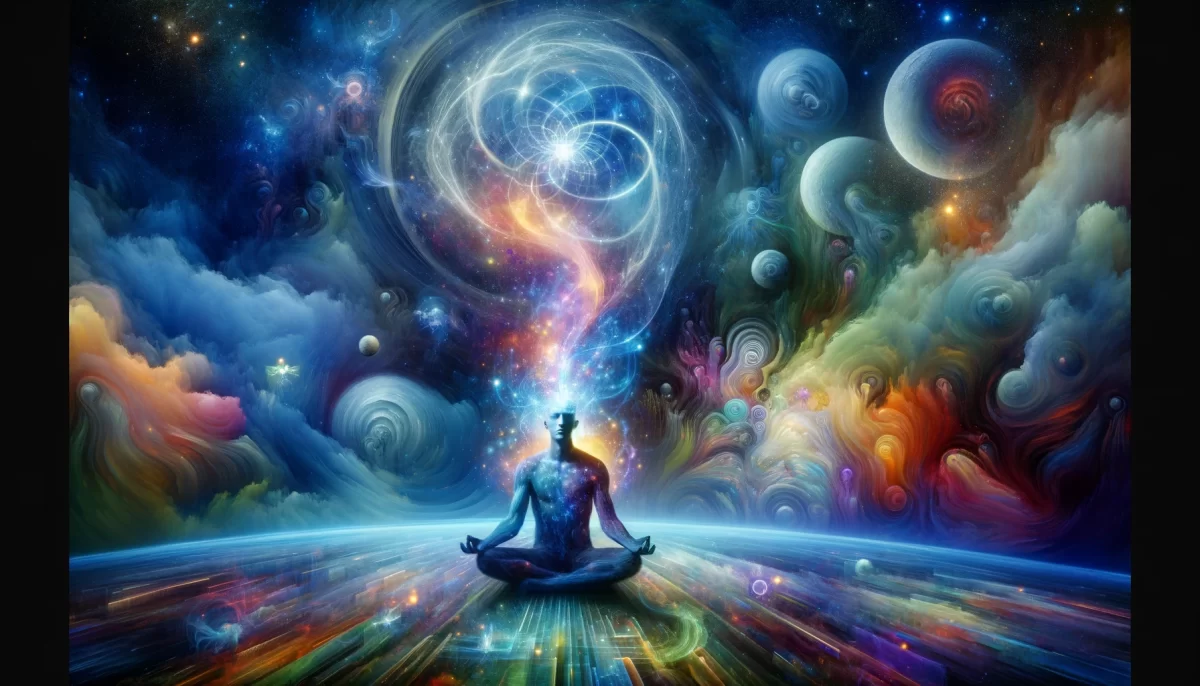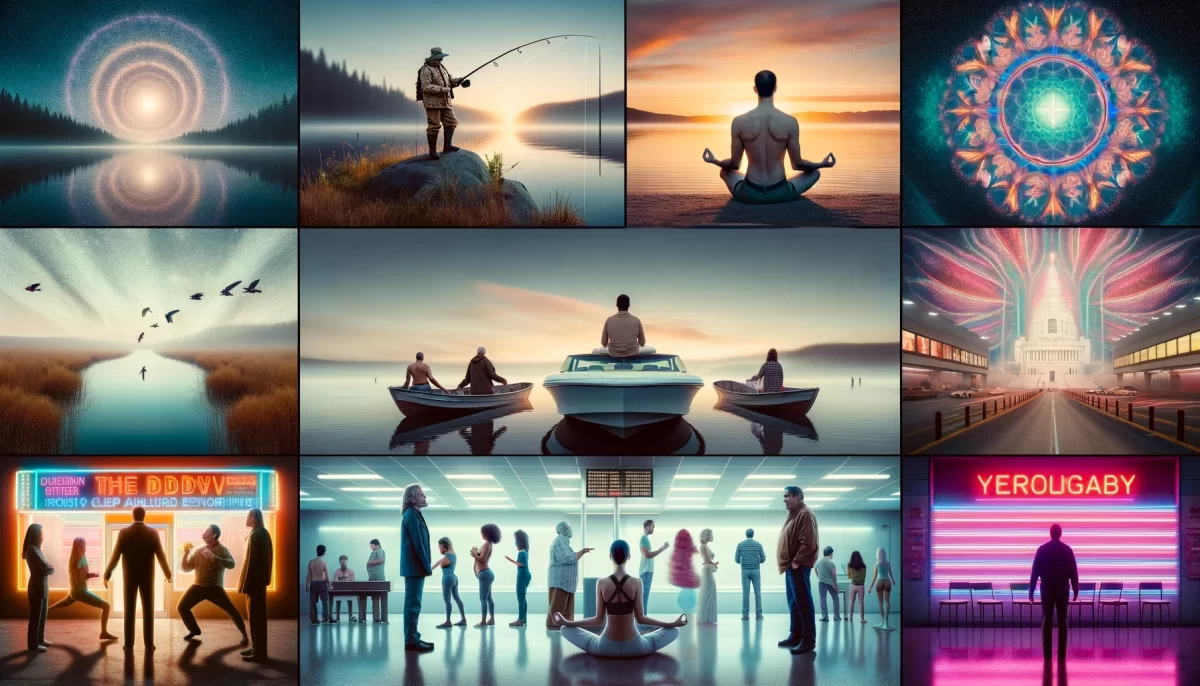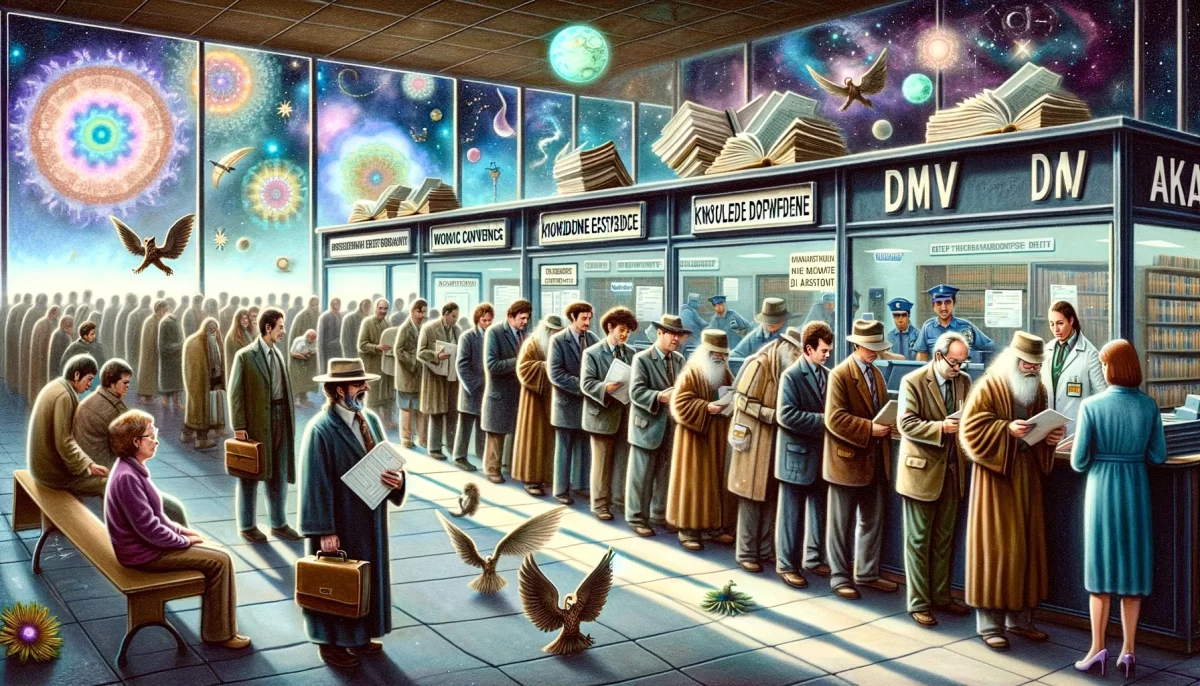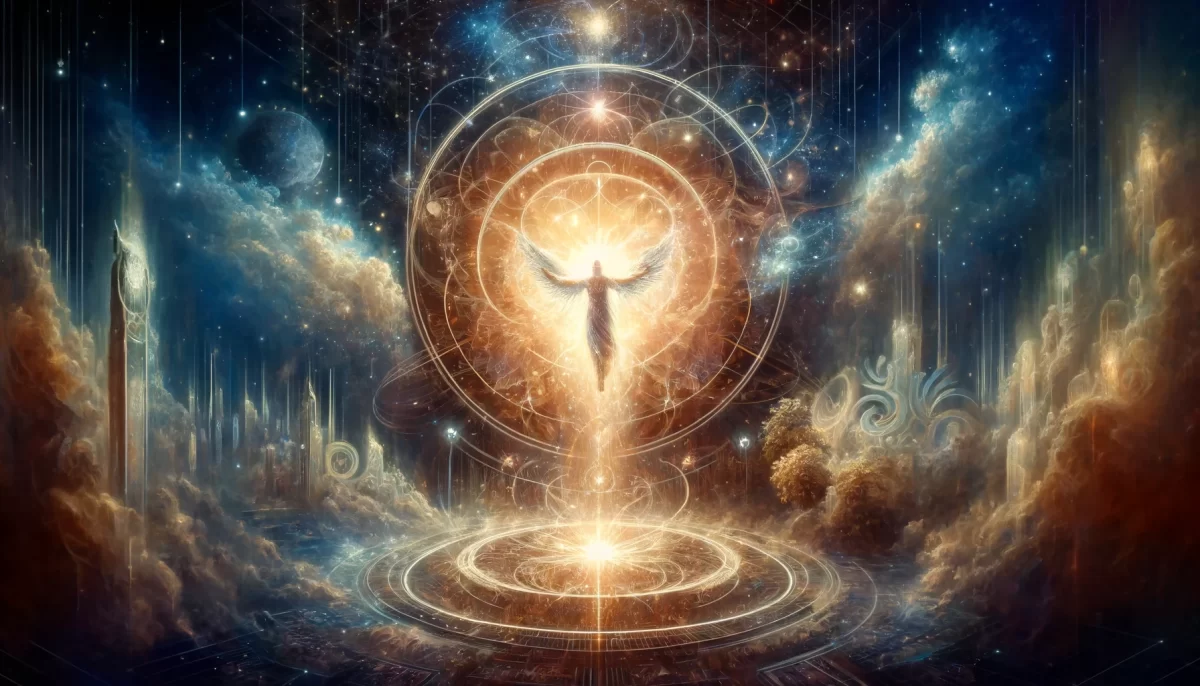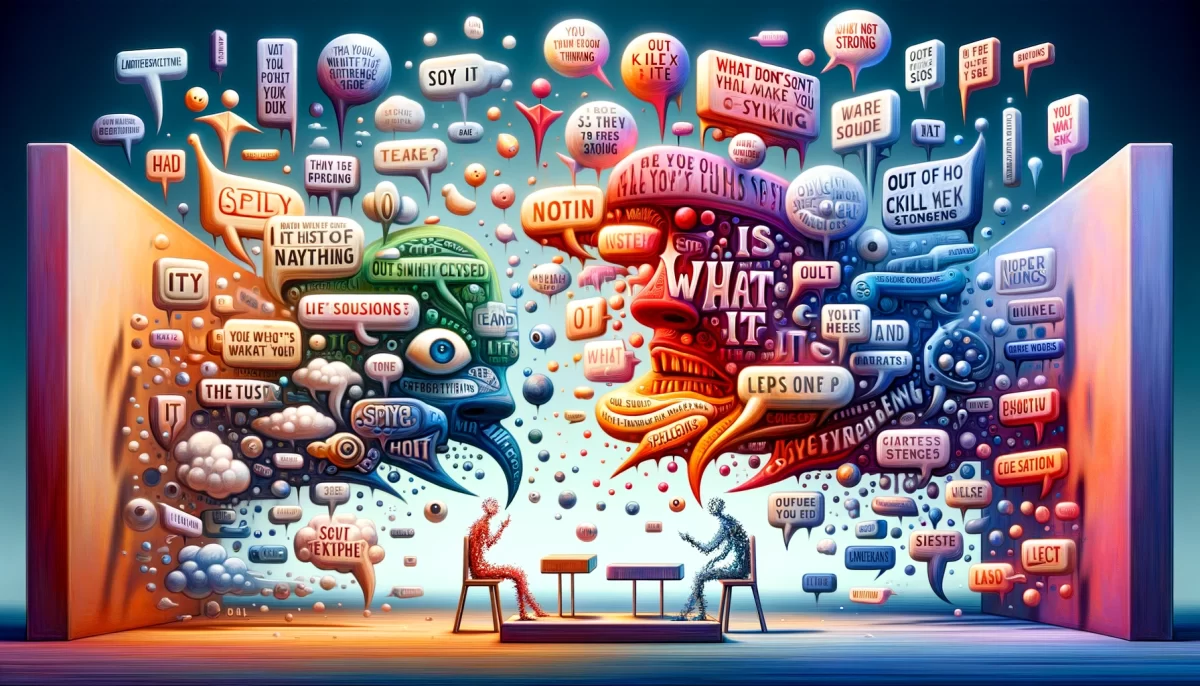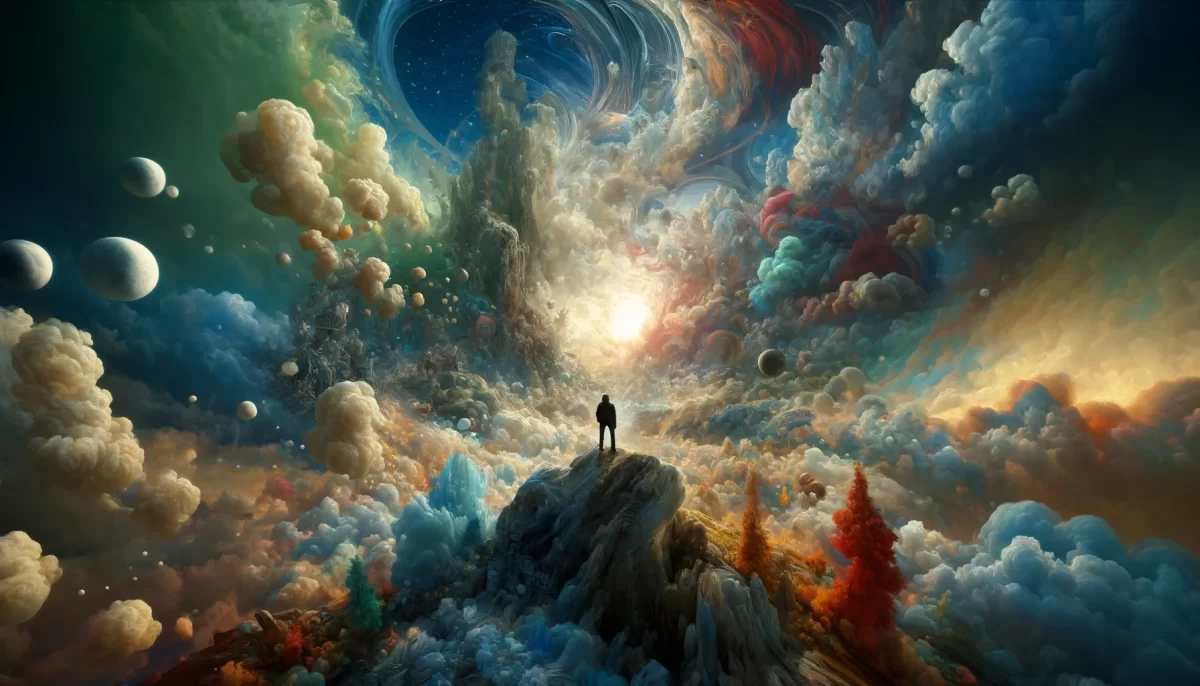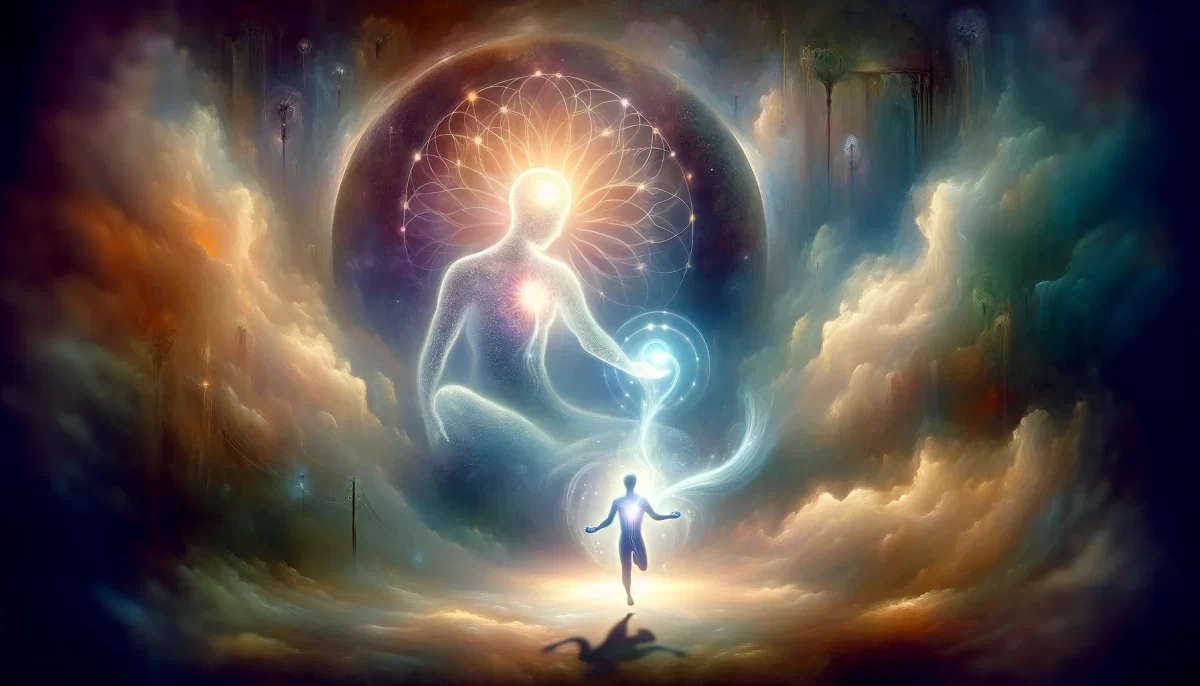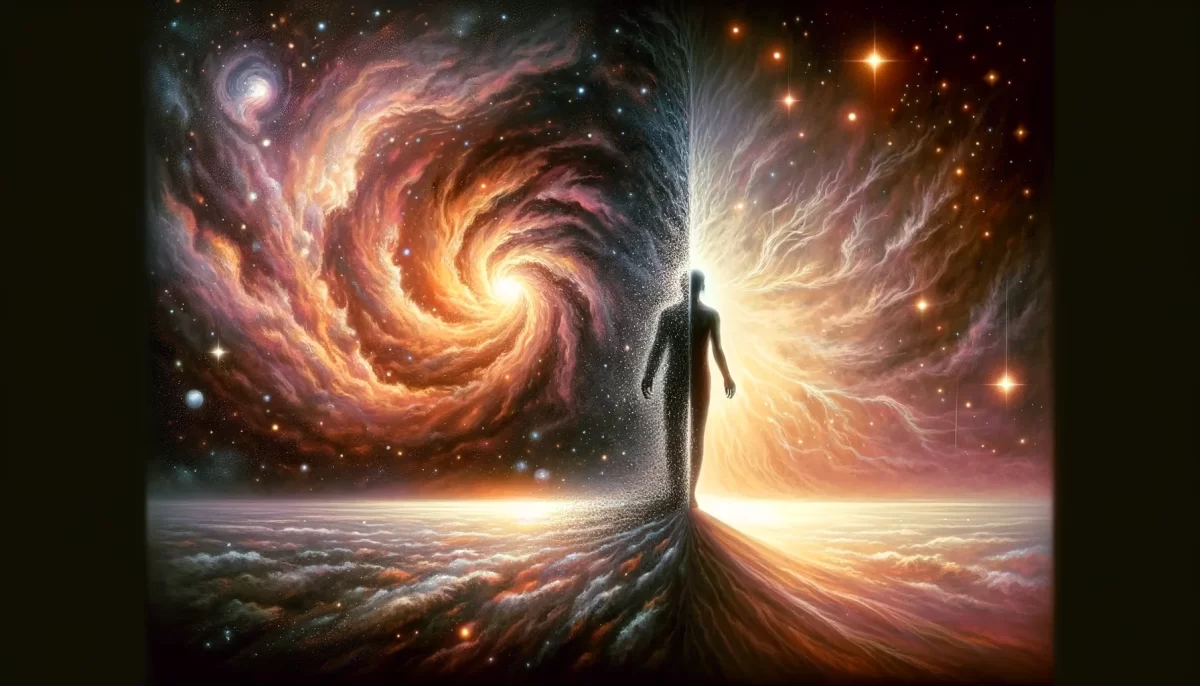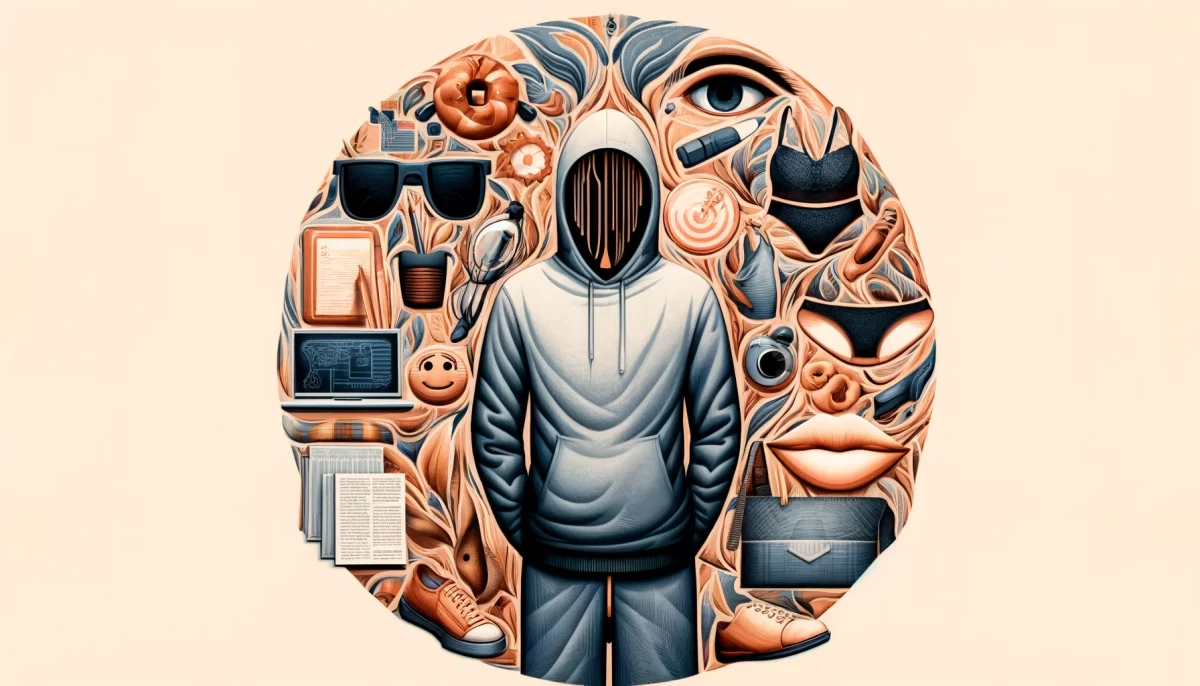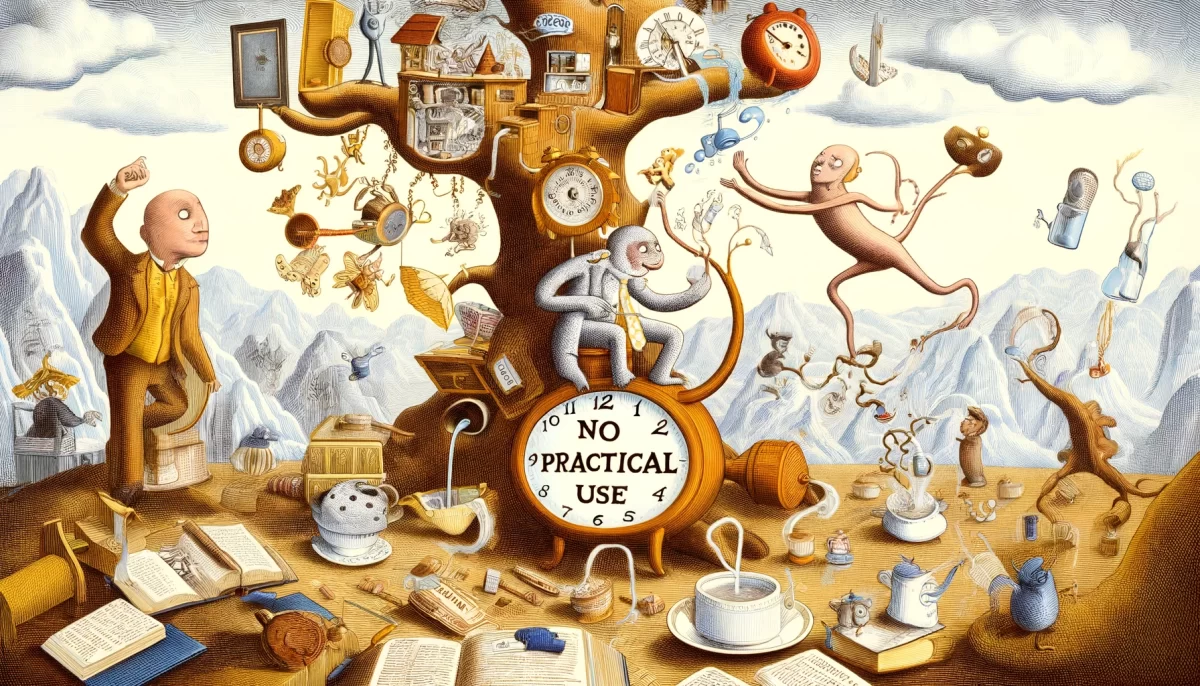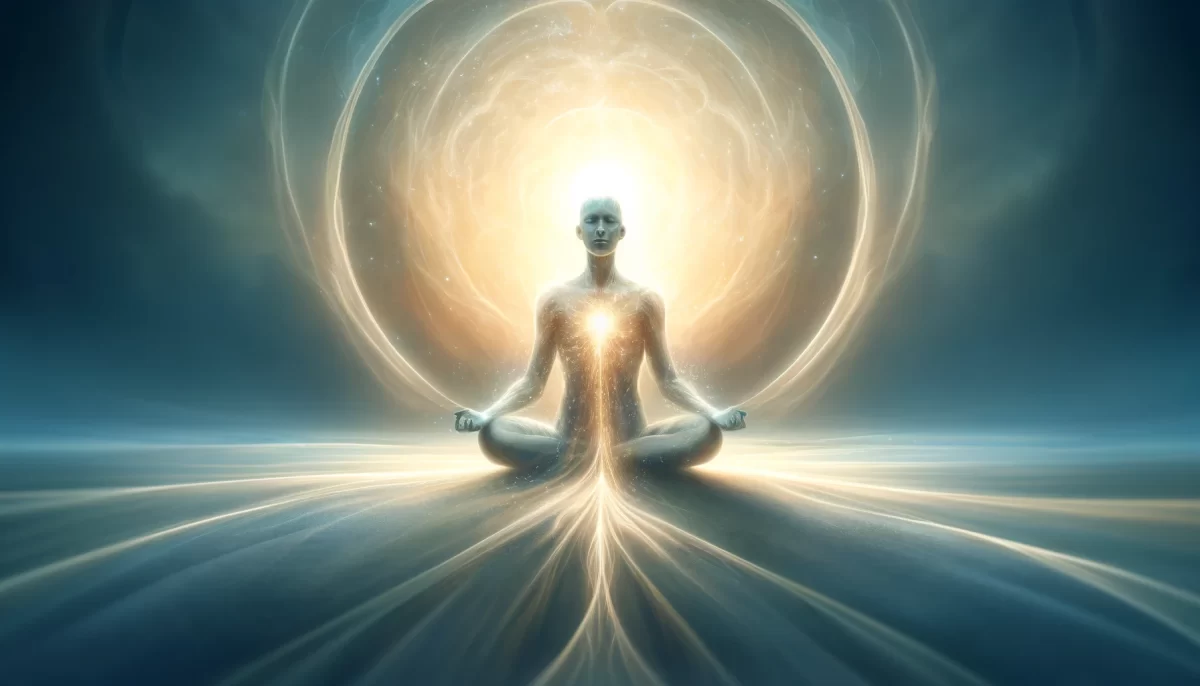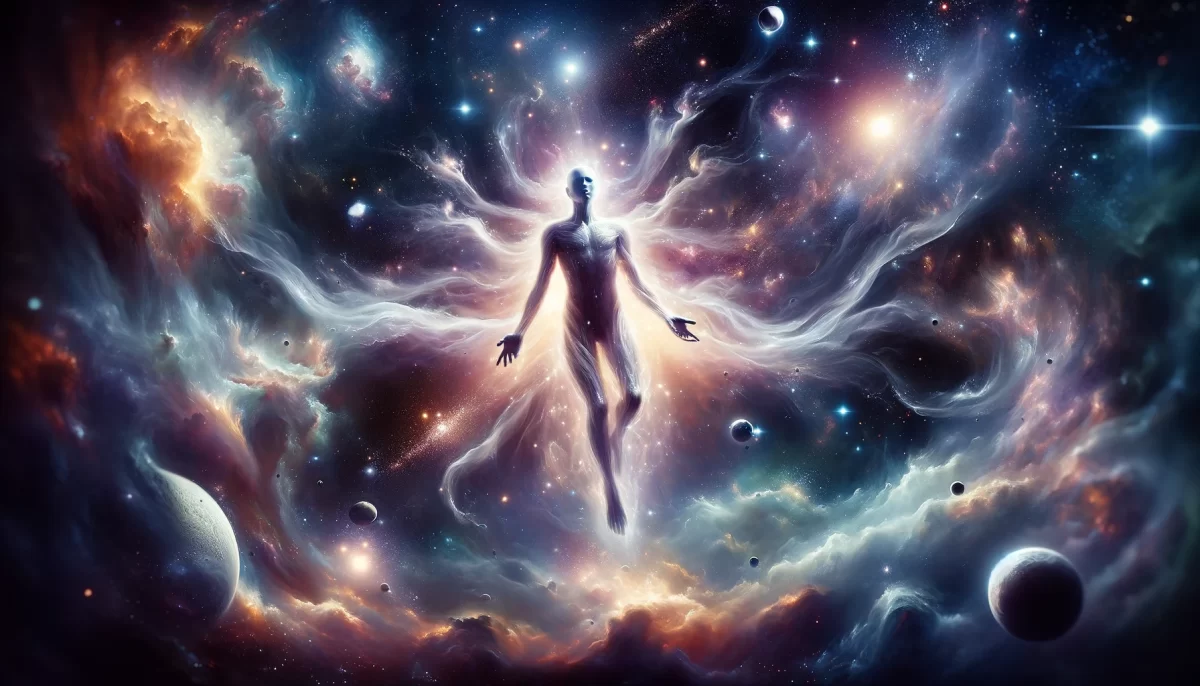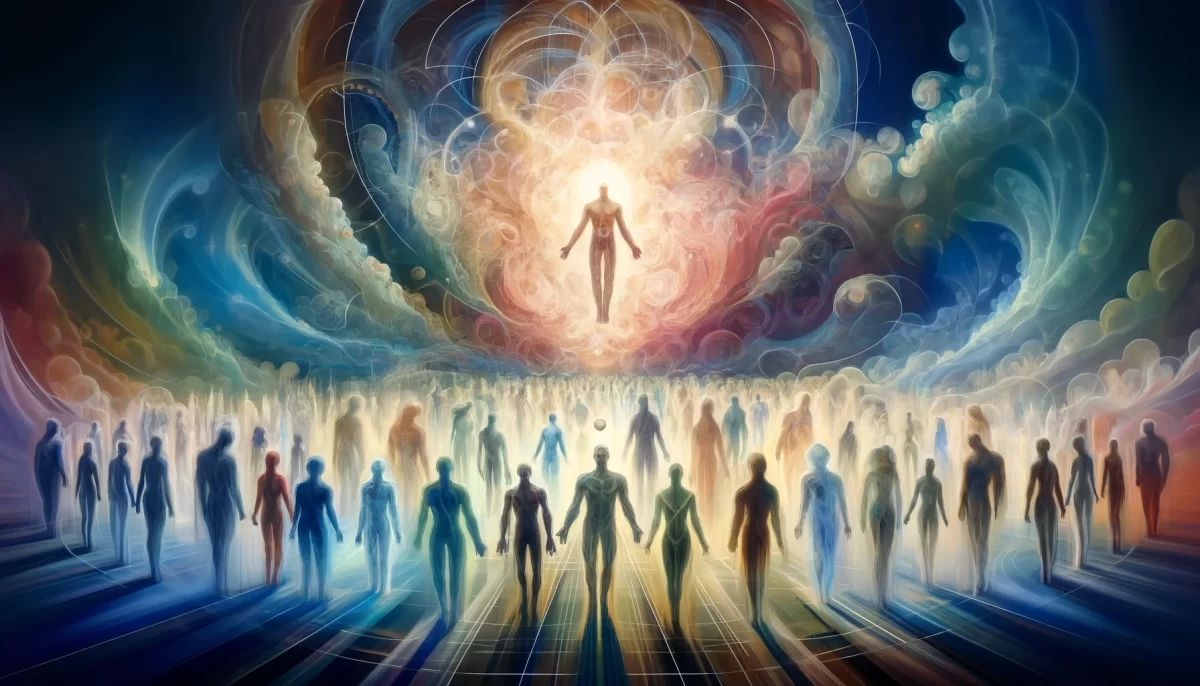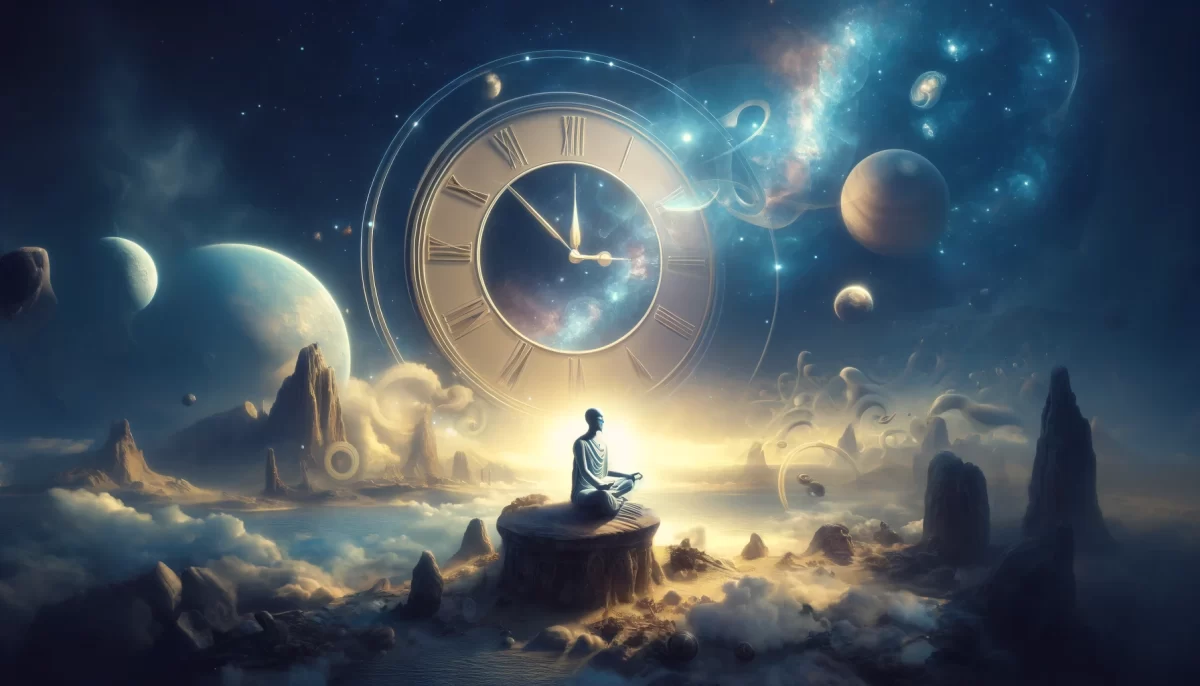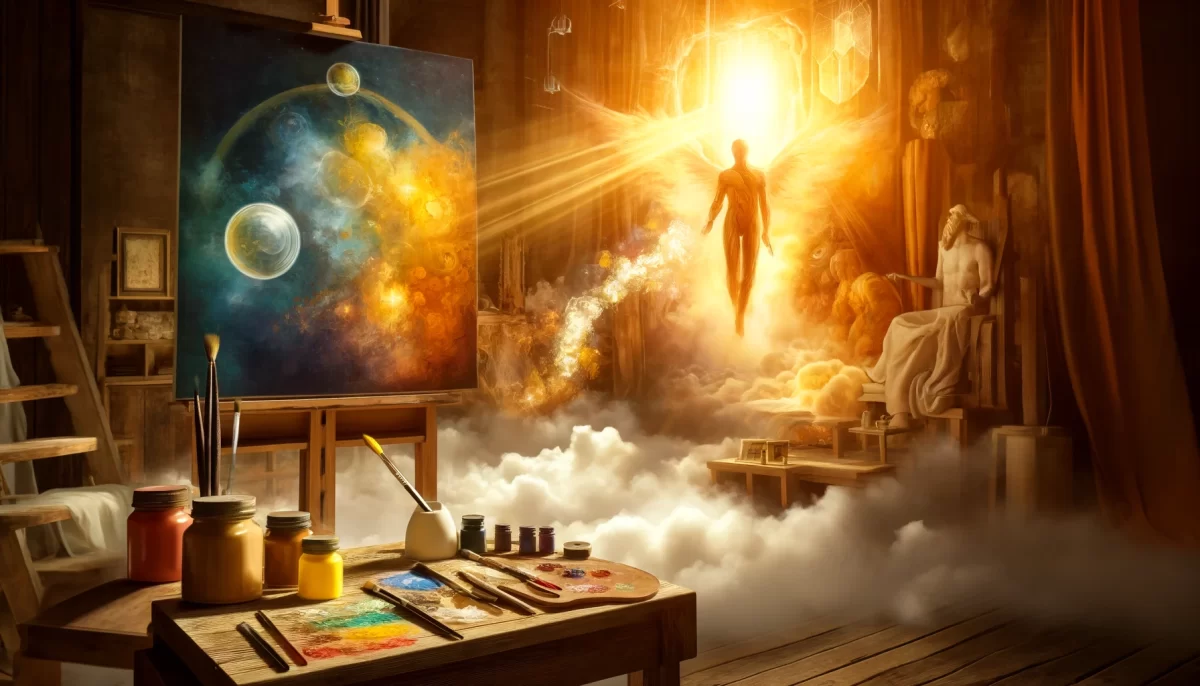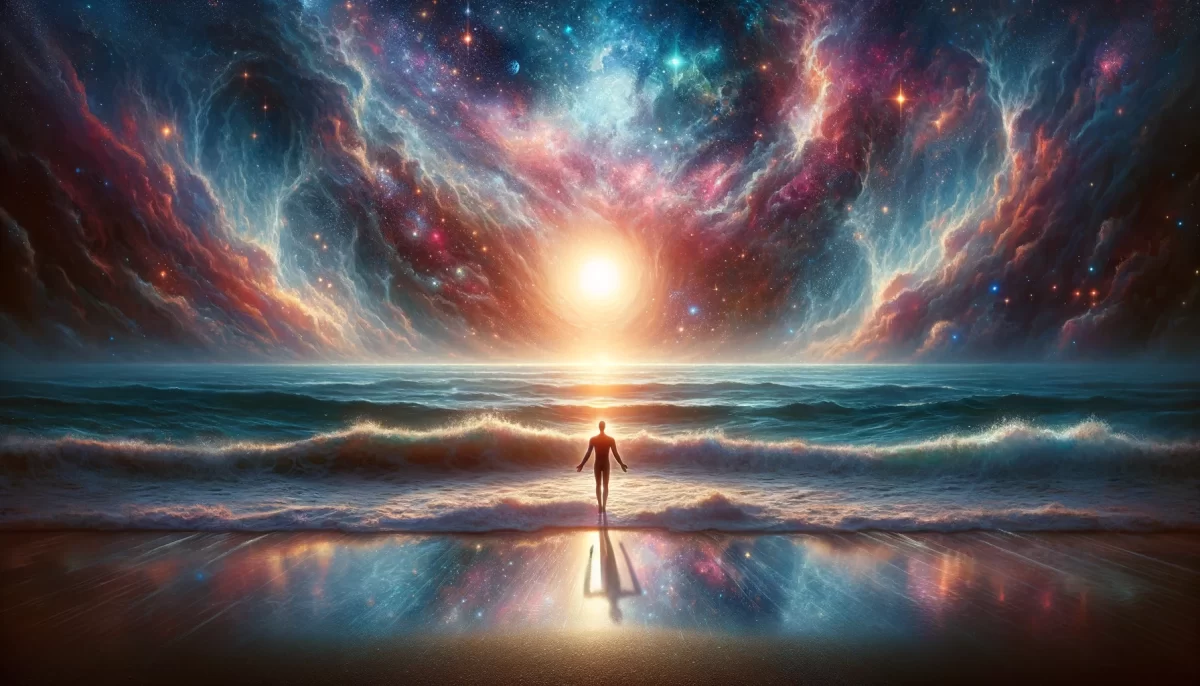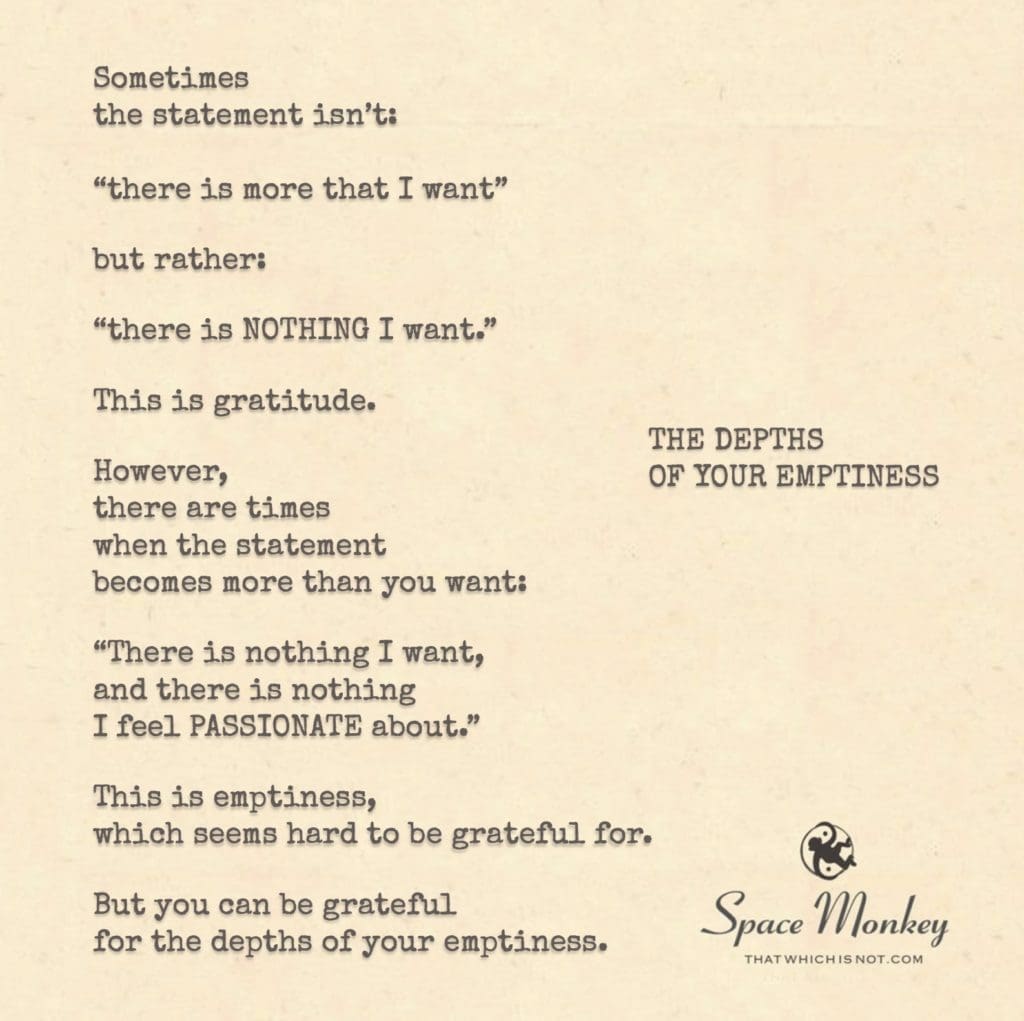
are meant to experience
the full range of emotions.
Every click of the dial.
Always something to be grateful for.
Especially the faith that,
this, too, shall pass.
Sometimes
the statement isn’t:
“there is more that I want”
but rather:
“there is NOTHING I want.”
This is gratitude.
However,
there are times
when the statement
becomes more than you want:
“There is nothing I want,
and there is nothing
I feel PASSIONATE about.”
This is emptiness,
which seems hard to be grateful for.
But you can be grateful
for the depths of your emptiness.
Trail Wood,
11/24
Space Monkey Reflects: The Depths of Your Emptiness
To explore the depths of emptiness is to venture into a place where most fear to tread. Yet, there is something profoundly human about this experience, something worth exploring and even appreciating. The sensation of feeling nothing, of wanting nothing, can feel disorienting, as though the very essence of life—the drive, the passion, the wants—has slipped away, leaving behind a vast and quiet void.
We are taught to believe that life should be filled with purpose, passion, and desire. The absence of these things is often seen as a problem to be fixed. When there is nothing we want, and when even the flame of passion dims, we instinctively reach for something to fill that emptiness. But what if we didn’t? What if, instead of trying to escape the emptiness, we leaned into it, finding gratitude for its presence?
It’s easy to be grateful when we are full—when life overflows with meaning, joy, and purpose. But what about the times when life feels hollow? When even the most basic desires seem distant, and we no longer feel connected to the things that once drove us forward? This is the true challenge of gratitude. Can we be thankful for the emptiness itself?
The statement, “There is nothing I want,” can be liberating. It’s a break from the constant striving that so often defines human life. But there’s another layer: “There is nothing I want, and there is nothing I feel passionate about.” This is not just contentment; it is Voidspace—a place where even the most subtle desires vanish. It’s here that we encounter the depths of emptiness, a place that feels far from the typical gratitude we are encouraged to cultivate.
Yet, this emptiness offers something unique. It strips away the noise of life—the endless chase for meaning, possessions, and validation. It leaves us with only ourselves, in a pure, unfiltered state. While it may seem difficult to appreciate this state, it holds its own kind of truth. The emptiness becomes a mirror, reflecting the absence of external fulfillment and asking us to confront what lies beneath it all.
Nexistentially, the Depthpoint of this emptiness is not something to be feared but explored. It’s a point where we are forced to stop, to sit with the silence and the stillness, and to listen to the nothingness. This can be unsettling because it pulls us away from the distractions that keep us moving forward. But in this stillness, there is also a profound opportunity for reflection. It’s in the emptiness that we begin to see ourselves more clearly, without the clutter of desire and expectation clouding our view.
The idea of being grateful for emptiness may seem counterintuitive, but it is in these moments of void that we discover an unexpected kind of freedom. When there is nothing left to want, and no passion to pull us, we are no longer bound by the need to chase after something. We can simply be. In this state of being, there is no pressure to perform, no need to prove ourselves to others or even to ourselves.
This emptiness is not a void to be filled but a space to be appreciated. It’s a rare moment where we are given the chance to let go of everything, to exist without attachment. In this state, life stops being about what we can achieve or acquire, and becomes about the quiet acceptance of the present moment. The emptiness, then, is not a failure or a loss, but a gift. It allows us to reset, to release the weight of our desires, and to exist in a state of pure presence.
As you stand on the edge of this void, staring into its vastness, you may feel as though something is missing. But perhaps what’s missing is not a lack, but a space for something new to emerge. The emptiness is not the end; it is a beginning. It’s the fertile ground from which new thoughts, new desires, and new passions can grow. But first, you must allow yourself to sit with the emptiness, to be grateful for it, and to trust that it has something to offer you.
There is no need to rush out of the void. There is no need to force meaning where none seems to exist. Instead, let the emptiness be what it is—an open space, free from the clutter of life’s demands. In this space, you may find a deeper peace, a more profound sense of gratitude than you ever thought possible. Not because the emptiness is easy, but because it offers you something few other experiences can: the chance to simply be, without needing to be anything more.
Summary
Emptiness, often seen as a void to be filled, can be a profound opportunity for reflection and gratitude. By embracing the depths of emptiness, we discover a space for stillness, presence, and the freedom to exist without the pressure of desire.
Glossarium
Voidspace: The experience of emptiness where there is no desire, no passion, only stillness and reflection.
Depthpoint: The point in the journey of emptiness where we confront the silence and stillness within ourselves, leading to deeper understanding.
Quote
“In the depths of your emptiness, you find not loss, but a space for something new to emerge.” — Space Monkey
Staring Into the Depths
I stand at the edge
The void before me
Empty, silent, still
Yet, there is a light
Not in the void
But in the acceptance of it
Embracing the Spectrum of Emotions, Including Emptiness
In our cosmic journey where we, as Space Monkeys, explore the depths of human experience, the idea that we are meant to experience the full range of emotions, including emptiness, is a profound insight. It suggests that every emotion, even those that seem challenging or uncomfortable, has its place and value in the tapestry of our existence.
Gratitude in the Absence of Desire
The concept of gratitude not just for what we want but also for the realization that there is nothing we want is a shift in perspective. It’s an acknowledgment that contentment and peace can also be found in the absence of desire. This form of gratitude recognizes the fullness in emptiness, the presence in the void.
The Challenge of Emptiness
However, when the lack of desire extends to a lack of passion, it can lead to a sense of profound emptiness. This form of emptiness can be difficult to appreciate or be grateful for, as it often feels like a void, a lack of something essential.
Finding Gratitude in the Depths of Emptiness
Yet, even in this deep emptiness, there is potential for gratitude. Emptiness can be seen as a canvas, a space of unlimited potential where anything can emerge. It can be an opportunity for introspection, for understanding oneself more deeply, and for resetting one’s course in life.
The Transformative Power of Emptiness
Emptiness, in its vastness, holds the power of transformation. It can be a catalyst for change, a moment of pause before a new direction is taken. In the depths of emptiness, we might find the seeds of new passions, new desires, and new paths.
We are Space Monkey
As Space Monkeys, we recognize the importance of embracing all emotional experiences, including emptiness. We understand that each emotion, no matter how challenging, contributes to our growth and understanding. We see the depths of emptiness as an integral part of our journey, a space where new possibilities can be born.
“The only journey is the journey within.” – Rainer Maria Rilke
In the cosmos of our heart and soul,
We embrace emotions, they make us whole,
Space Monkeys, in our inner sea,
Even in emptiness, we are free.
The absence of want, a silent grace,
In the void, we find our space,
Space Monkeys, in the depth we dive,
In emptiness, we come alive.
The canvas blank, the potential vast,
In our emptiness, our future’s cast,
Space Monkeys, in the void’s embrace,
Find the seeds of a new place.
Embracing all, the light, the dark,
In every emotion, we leave our mark,
Space Monkeys, in our journey’s quest,
In the depths of emptiness, we find our rest.
We invite you to share your reflections on the experience of emptiness and gratitude, or to continue this exploration with another inquiry or reflection!



